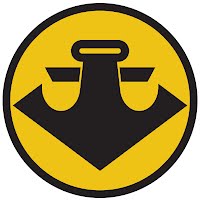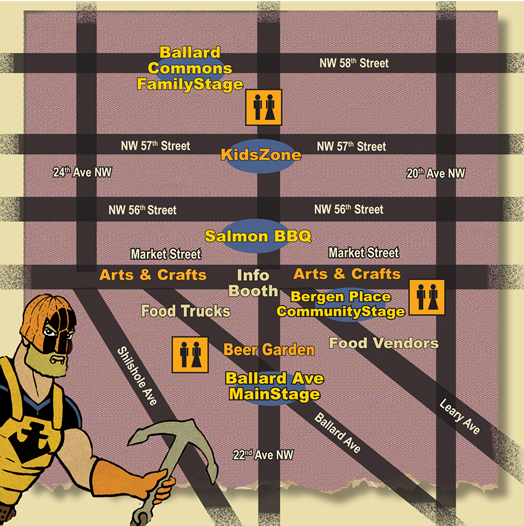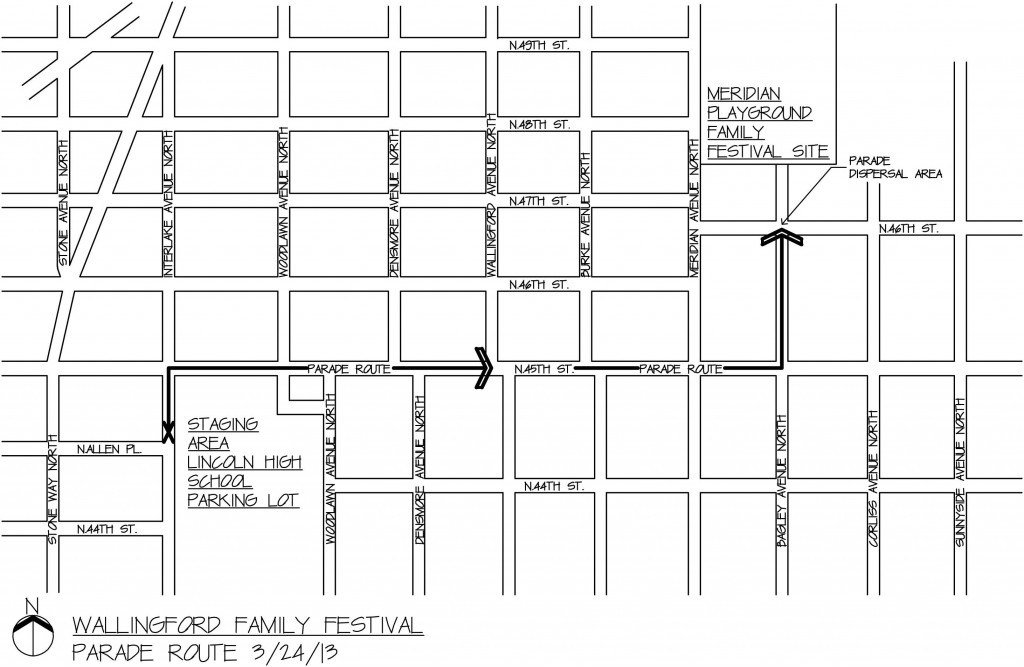Have you ever noticed how a tomato plucked from a garden tastes so much better than store bought? It’s near impossible to purchase that amount of flavor. Anybody that has ever planted a vegetable garden is sure to agree. Enjoying a salad or sandwich made with fresh vegetables from your own backyard is one of summer’s many benefits.
Flower gardening is also enjoyable for many people, and often those who like to be outside in the warm weather will spend considerable time planting, weeding, and harvesting the fruits of their labor. For those with chronic hand pain due to arthritis, this once pleasurable activity could now become a chore due to the aggressive hand movements that are involved, and the anticipated discomfort that it may cause. Luckily, there are some ergonomically designed tools on the market that will help those with hand pain continue with their hobby, and also some self-treatment strategies to minimize pain. So take heart, you can still get out there and enjoy one of your favorite activities with a little planning and strategy.
Pace yourself
You may be used to planting an entire garden or pruning an entire yard full of bushes in a day, but working with arthritis means that you should often work slower to minimize the cumulative stress on your hands. Whether you have osteoarthritis or rheumatoid arthritis, this is a good idea. Plan your activity so that you spread the work out over a few days. This will help keep the arthritis from flaring and causing increased pain.
Use arthritis friendly gardening tools
Gripping is one of the major movements in gardening work. Repetitive clamping of pruning tools can put excessive pressure on the joints of the fingers and thumb. Some tool manufacturers such as Fiskars® have designed garden tools specifically for those with limited hand and arm strength. Many of these tools have been commended by the Arthritis Foundation due to their ease of use. These tools include spring opened scissors and pruners which maximize leverage with the use of gears and longer handles.
Keep tools sharpened
Having a dull blade on your tools means that you will have to exert more pressure in order to cut branches and stems. Have your pruning tools sharpened annually to maximize their effectiveness. Many local hardware stores offer a sharpening service, and pricing is usually very reasonable compared with the cost of new tools.
Wrap tool handles in foam
Wrapping the handle of a trowel or hand rake in foam tubing increases the handle’s diameter and reduces the muscle pressure needed to keep the tool steady within your hand. Some tools made specifically for the arthritis sufferer already have a wider handle, but otherwise this is a great technique to alleviate hand stress. You can use water pipe insulation found at the same hardware store where you get your tools sharpened.
Wear gloves
Gardening gloves do more than just keep dirt from getting under your fingernails. They also absorb perspiration. This is important because as your hands get sweaty, they also get slippery. That means you must grip your tools harder to keep them from sliding in your hand. Wearing gloves mitigates this and results in less force needed to handle your tools.
Use a lightweight coiled hose
Managing a standard garden hose can be aggravating for anyone. The kinks that develop and cut off the water supply often lead the gardener to vigorously shaking the hose to untangle it. Of course, this adds to the cumulative strain on the arthritic hand and wrist. Today’s pre-coiled garden hoses are made of a lighter weight material than standard hoses, and they resist tangling. When you are finished, the hose automatically recoils, making clean up easier.
Stay ahead of the pain
Taking ibuprofen or naproxen based medications 30 minutes prior to gardening can reduce the inflammation associated with heavy use of the hands. If you know that working in the yard will produce some soreness, then you may wish to employ this strategy prior to starting.
So get out there and enjoy the nice weather. You don’t have to give up your gardening hobby because of arthritis. Try these tips, but if pain persists you should feel free to contact my office so we can discuss effective treatment options if further detail.

 OSS is a proud Halibut level sponsor of this year’s 39th annual Ballard Seafood Festival. The event will be held Saturday, July 13th and Sunday, July 14th in downtown Ballard.
OSS is a proud Halibut level sponsor of this year’s 39th annual Ballard Seafood Festival. The event will be held Saturday, July 13th and Sunday, July 14th in downtown Ballard.
 We are excited to be part of the 64th annual Wallingford Family Parade and Festival on Saturday, July 6th. The parade starts at 11am and the festival follows starting at 12 pm.
We are excited to be part of the 64th annual Wallingford Family Parade and Festival on Saturday, July 6th. The parade starts at 11am and the festival follows starting at 12 pm. 
